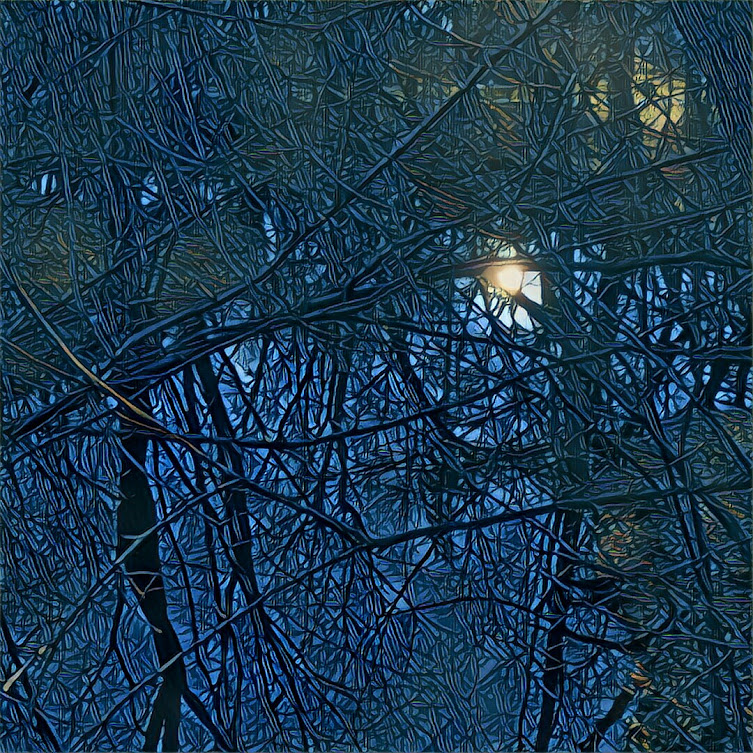Winter is a time for tracks.
Journeys that in other seasons leave no record are imprinted beneath our feet merely by the act of walking. Boot prints and rabbit bounds, ski-slides and bird-whispers...all visible stories that catch the chilly light and long blue shadows of January.
“Our verb ‘to write’ at one point in its history referred specifically to track-making: the Old English writan meant ‘to incise runic letters in stone’; thus one would ‘write’ a line by drawing a sharp point over and into a surface—by harrowing a track.
As the pen rises from the page
between words, so the walker’s feet rise and fall between paces, and as the
deer continues to run as it bounds from the earth, and the dolphin continues to
swim even as it leaps again and again from the sea, so writing and wayfaring
are continuous activities, a running stitch, a persistence of the same seam or
stream.”
“Paths and their markers have long worked on me like lures:
drawing my sight up and on and over. The eye is enticed by a path, and the
mind’s eye, also. The imagination cannot help but pursue a line in the
land—onwards in space, but also backwards in time to the histories of a route
and its previous followers.
“As I walk paths I often wonder about their origins, the impulses that have led to their creation, the records they yield of customary journeys, and the secrets they keep of adventures, meetings and departures.”
Macfarlane is an exceptional prose stylist, master of a deep vocabulary with which to describe the landscape and its forms. While reading this wide-ranging book, I kept a pen at the ready to record (i.e., map) all the unfamiliar words I encountered. Schooled!
(If these quotes entice you to read the book, note that there is a glossary at the end that defines most of these terms...discovered upon finishing the book.)
The Old Ways: An Idiosyncratic Map of Geographical Mystifcation:
Lochan,
rinky, trods, desire lines, hodology, sublunary, biogeography, foil [track],
corpse roads, leys, drongs, sarns, snickets, shieling, bison roads, grey
wethers, sarsens, hoarstones, bostles, shutes, driftways, lichways, ridings,
carneys, herepaths, bindle-skiffs, kist, scarp, gneiss, esculent, weald, corry,
ortholith, cromack, alterity, geans, batholith, ling, schists, boustrophedon,
massif, sintering, bathyspheric, hominin, panjandrum, stravaiger, frails [leaf], marly, corbelled, scurfed off, pachinko, chert, skip (noun), dabbing
cloth, sedulous, lenticuler, albedo, chiasmic, hierophany, cursus, xenotopia,
chrism, exigesis, vertex, oneiric, blebs, conduplicate, involute, dupel,
glaucous, candle-blacking, coombe/combe, beech ahngers, atavism, phragmites,
bodging, fissile, Lob, infaunal, marram, seracs.
Photos: Lake Nokomis, Minneapolis, MN


















